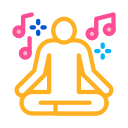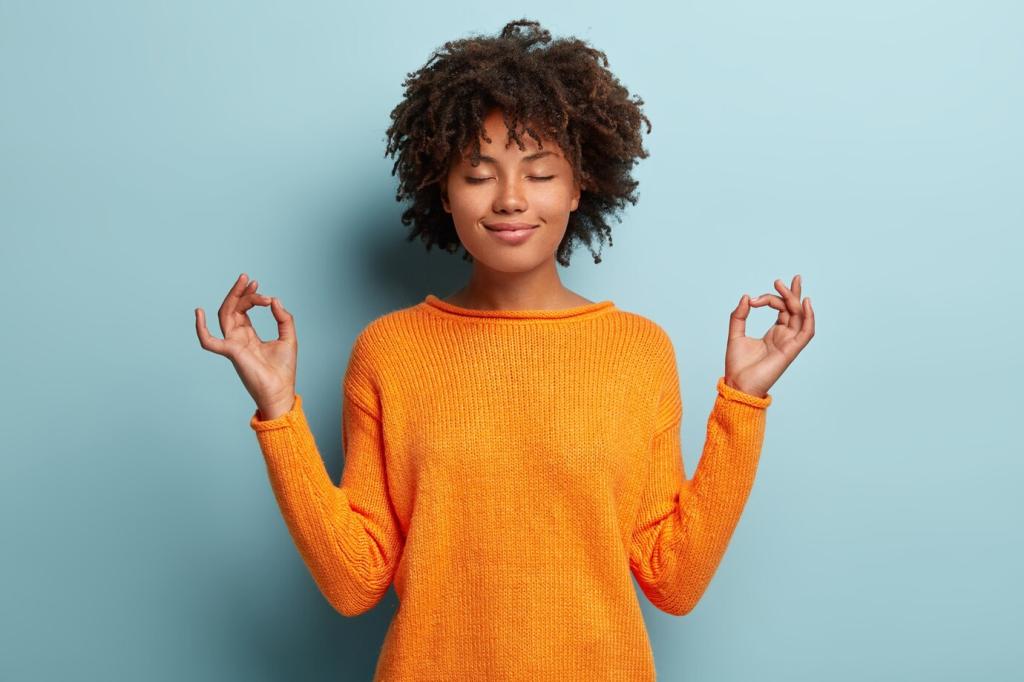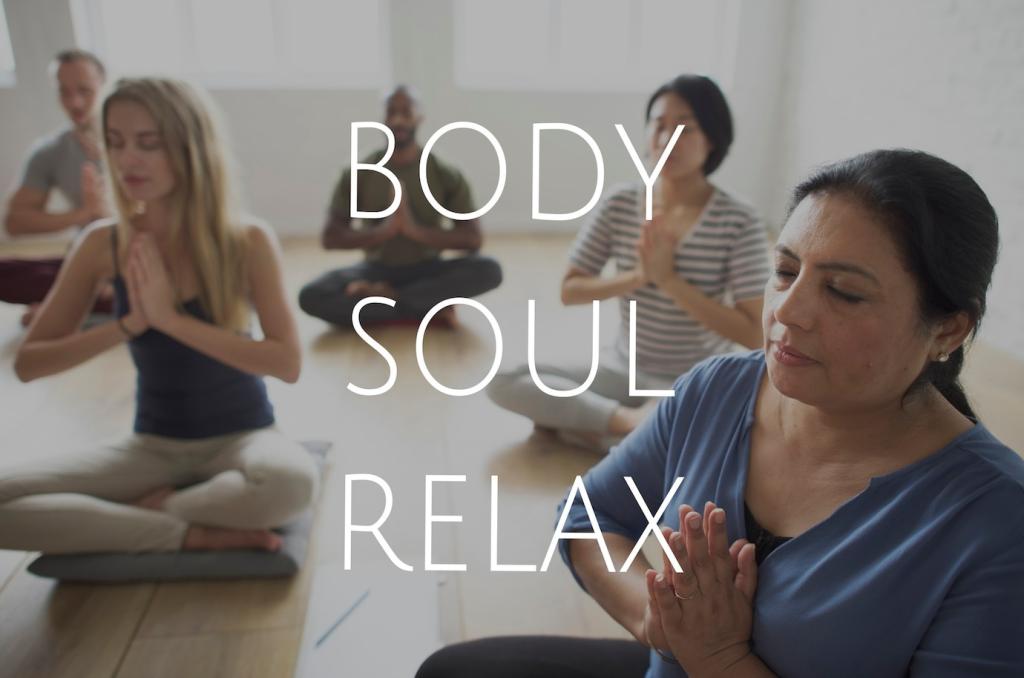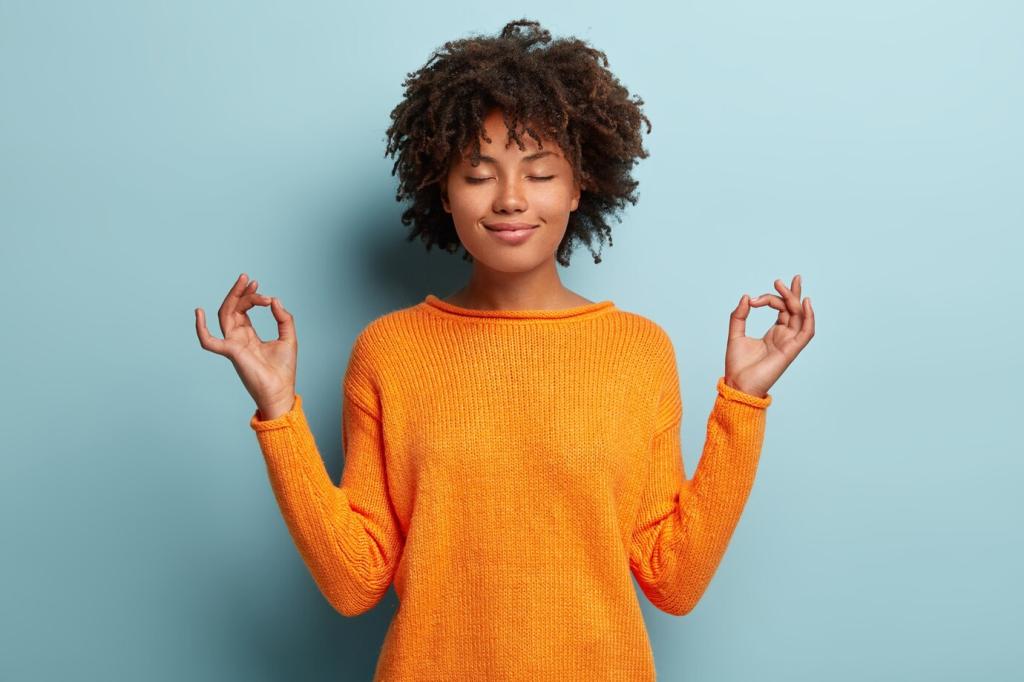How Visualization Calms the Body
When you imagine a safe scene with colors, textures, and soothing sounds, your brain treats it as meaningful input. This gentle focus can quiet threat scanning, ease muscle tension, and help your nervous system drift toward steadier, slower breathing.
How Visualization Calms the Body
Pair a calm picture with a compassionate breath count. As you inhale, imagine gathering soft light; as you exhale, picture it spreading through your body. The pairing trains attention to return from worry loops and settle into supportive rhythm.
How Visualization Calms the Body
Close your eyes, drop your shoulders, and picture a warm window of light on your chest. Count four in, six out, letting light expand on inhale and soften on exhale. When you finish, share how it felt in the comments to encourage others.



